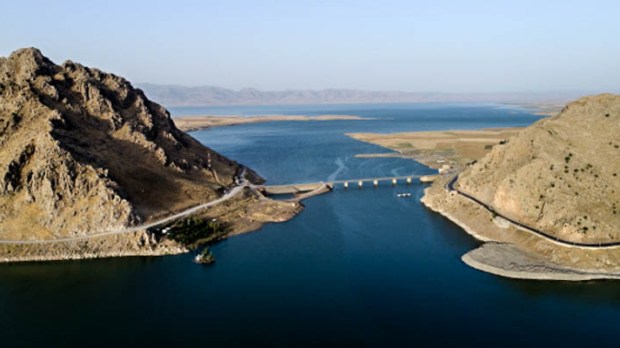Lenten Campaign 2025
This content is free of charge, as are all our articles.
Support us with a donation that is tax-deductible and enable us to continue to reach millions of readers.
Overlooking the banks of a lake, in the north of today’s Iraq, once stood Qalatga Darband, a fortified city with a reputation for making and trading great wines in the times of Alexander the Great. But famous as it was, the city remained lost for more than a thousand years. Until now.
Alexander’s city has just been re-discovered by a team of archaeologists from the British Museum. Relative peace in the area after more than 25 years, and aerial photography, possible thanks to the use of drones, allowed the team to finally locate Qalatga Darband in the place where, back in 1966, another team of scholars had already identified what seemed to be the ruins of a missing city in a series of pictures, then taken by spy satellites, for military purposes.
As reported in the London Times, the pictures taken by the drones were processed to exaggerate color contrast. This process helped discover the outlines of a large rectangular building hidden beneath fields of wheat and barley. “Where there are walls underground the wheat and barley don’t grow so well, so there are color differences in the crop growth,” explained John McGinnis, director of the Iraqi Emergency Heritage Program.
As the excavations get underway, archaeologists have already found at least two statues: one of a female figure most likely to be Persephone, goddess of agriculture; and another one, a male figure that could be Adon, a masculine symbol of fertility. But even if the diggings are just beginning, photographs already made it possible to draw a map not only of the wall that encircled the city, but also of its houses, temples and wine presses.
As Professor McGinnis explains in an article published by the Italian journal La Reppublica, Qalatga Darband “was a town with a vigorous economic activity on the road between Iraq and Iran. Alexander the Great’s army passed through that very same road after defeating Darius III of Persia in the Battle of Gaugamela, and one can only imagine his followers entering the city in order to rest and have a drink.”

